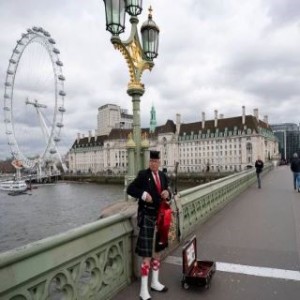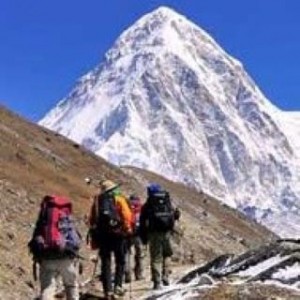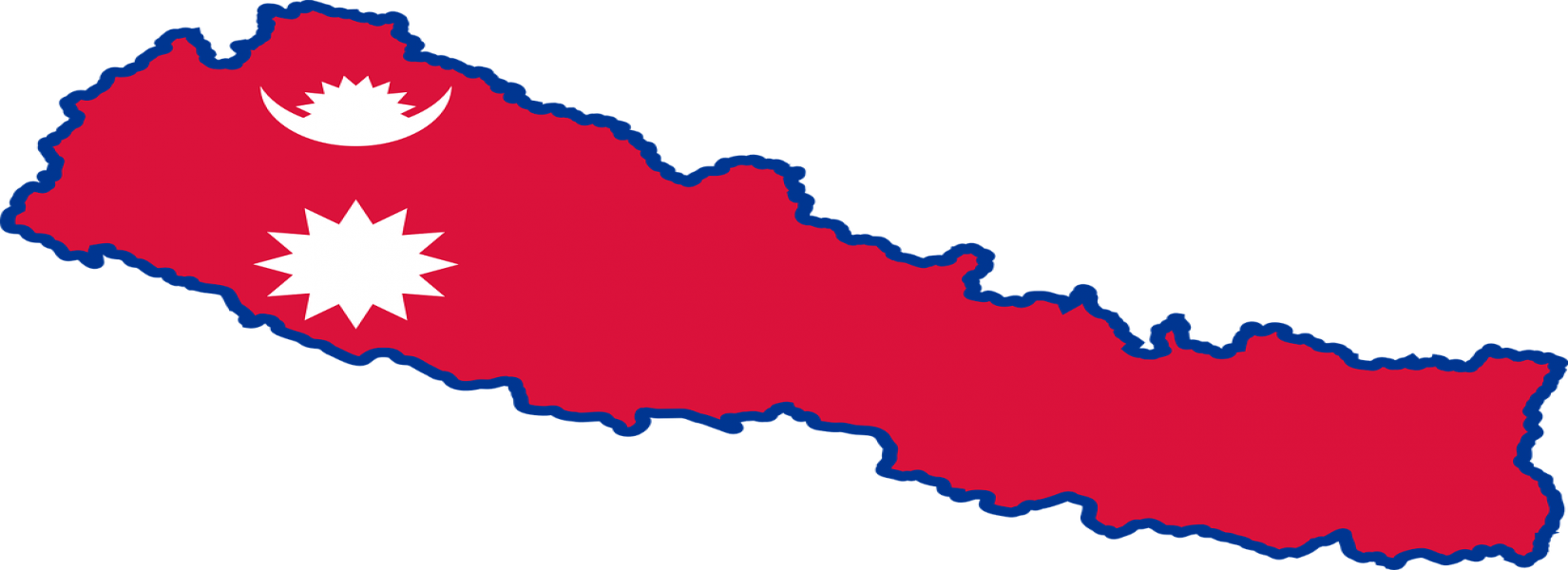Travel Resources
Getting to Nepal:
A visa is required, and the passport must be valid for at least 6 months after the return (or after the date of application or entry into the country, depending on nationality).
The visa can be obtained either before departure at the Nepalese embassy in your country of origin, or very easily at each border post and at Kathmandu airport.
On the spot, count $30 for the 15-day visa, $50 for the 30-day visa and $125 for the 90-day visa (multiple entries for all visas). Payable in dollars or euros. Free for children under 10 years old.
Expect to wait at the counter in high season (March-April and October-November).
A tip to save time: A little before departure (less than 15 days before), download the form from nepalimmigration.gov.np, print the receipt with the barcode, and once at Kathmandu airport, present it at the visa payment counter. This system only works at Kathmandu airport, not at land borders.
Best time to visit
The climate of Nepal allows stays almost in any season. But to see the mountains and do a trekking, the best period is between October and April, corresponding to the dry and sunny period.
The best months are actually October and November (autumn), when the sky is particularly clear and the temperatures are still mild. Moreover, as the rainy season has just ended, the pastures are very green.
Then comes March and April (spring). Here the rhododendrons are in bloom and the sun is still shining.
From December to February, it is winter and it can be very cold. Some passes are closed, as well as most of the lodges in altitude.
Finally, it is the monsoon from June to September especially (May is not yet very rainy, although already quite cloudy). This one can last until October.
You should also know that with global climate change, there are always unpredictable exceptions...
Getting around:
The bus
Traveling by local bus is not expensive at all and allows you to be close to Nepalese people. You should know that it is fun the first time, but often uncomfortable and not without risk: the buses are generally dilapidated and crowded, so much that sometimes it is difficult to breathe. Moreover, they are slow (frequent stops to let down passengers and especially to take new ones). Then, the duration of the trip depends on the hazards of the road: flat tires, engine overheating (it happens less with tourist buses), seasonal floods, landslides… In any case, avoid traveling at night.
In short, for long distances, like Pokhara and Chitwan national park, for example, we strongly advise you to take tourist buses, more comfortable, in a better mechanical condition and faster (they rarely stop to take passengers). Of course, they are a bit more expensive, but not that much, unless you choose the best: the Greenline company which, for about 3 to 5 times more expensive, offers air conditioning and includes the meal in the ticket price.
The plane
In a country with such rugged terrain as Nepal, it is obviously a most appreciable means of transportation, and even the only one possible for certain destinations such as Lukla (departure of the Everest base camp trek) or the west of Nepal.Not particularly cheap but not prohibitive either.Sometimes flights are delayed, postponed or canceled due to weather conditions.
Cultural sensitivities:
To say hello, join hands at chest level, bow gently and say "Namaste" with a big smile.
Take off your shoes before entering all religious monuments and houses, taking care to place your soles on the ground.
Walk around the stupas clockwise (not counter-clockwise).
For those who decide to follow the local custom of eating the national dish (dal bhat) with the hand, use the right hand (the left is impure).
Men may wear shorts and a T-shirt, but never shirtless. Women should avoid sexy outfits and shorts. In the temples, even if it is not required, you can cover your shoulders.
In tourist areas and on some trekking routes, children exchange their smile for "one rupee" or "a school pen". Begging is increasing with tourism, keeping some children out of school. If you give, do so through an association.
Food & beverages:
Nepalese cuisine is excellent, mostly based on fresh vegetables. From there, the cooks do wonders, both in the national and international culinary spectrum. The menus of the restaurants, you will soon realize, are of a great diversity.
The national dish, served for lunch and dinner, is dal bhat, which consists of a dish of white rice (bhat) and a lentil broth (dal), which is mixed with the rice to enhance the taste. It is accompanied by a small vegetable curry (tarkari), often cauliflower by the way, and a mixture of various spicy ingredients. Most often vegetarian, the dal bhat can nevertheless be served with chicken or mutton (more expensive).
The other cuisine to discover is Tibetan cuisine. With, first of all, the momos, raviolis filled with meat or vegetables that are served steamed, fried or kothey, that is to say fried only on one side. It is often excellent, nutritious, and light on the stomach. Also noodle soups with vegetables and meat, such as thukpa and thanthuk (larger noodles).
Do not drink water that has not been properly boiled or purified, or swallow it through a straw that filters bacteria. Avoid ice cubes (except in fancy places, where the ones with holes in them are usually safe).
Rather than buying bottled water all the time (non-recycled, polluting and with a price varying from simple to triple according to the place of sale), we strongly advise you to bring a light metal gourd and it regularly at the water fountains which are now freely available in most of the medium or superior hotels.
Tea (pronounced "tchya") is the national drink. It will be served Indian style, hot, sweet and with milk. Nepali tea is the equivalent of Indian masala tea, with spices such as cloves, cardamom, etc. Tibetan tea is very different; it is salted and with a little nak butter (the female of the yak).
Finally, for coffee lovers, you can find mostly "organic" nepalese coffee served in small coffee shops equipped with real Italian percolators. It is absolutely delicious, powerful and full of flavors
What to bring back from Nepal?
Pashminas
Shawls, stoles, scarves, made of goat down in Nepal and Tibet, are sold at every street corner. Beware, there are several qualities, woven only in pashmina, or mixed with 70 or 50% silk. The lower the price, the less pashmina there is, think about it before being tempted. And avoid shopping in the ultra-touristy areas as much as possible.
Clothing
Clothes are sold in Nepal at very low prices, and it is easy to have clothes made to measure in a very short time, think about it if you want to remake your wardrobe!
Khukuris
The khukuri is the traditional Nepalese knife; long and curved, it was used as both a weapon and a tool. There are many models, more or less expensive depending on their quality (wooden handle, horn or metal, more or less carved, blade work, sheath material).
Sarangi
The sarangi is a traditional musical instrument with bowed strings, characteristic of Indian music. It is a wooden fiddle with four goat gut strings, played with a small horsehair bow.
Prayer wheels and singing bowls
Typical of Nepal and Tibet, they can be found in most craft markets. For prayer wheels, prefer beautiful handmade copies rather than models that are presented as old, and which will be fake most of the time, and also check that the sacred texts are well inside. Singing bowls are made of 7 different metals, they will be of better quality if you buy them in music stores.
Nepalese papers
The Bhaktapur region is famous for making traditional papers with a special texture since they are made from the bark of a tree, the daphne. There are also papers made from jute, hemp or nettle.
Antiques, heritage items and animals are prohibited from leaving Nepal.
Latest Blog
-
24 Apr
Everest base camp
1 WHAT IS TIBET LIKE? My Journey from Lhasa to Mount Everest Base camp with Adventure International…
read more -
19 May
Nepal Tourism Board has prepared the guideline
KATHMANDU: Nepal Tourism Board has prepared the guideline on the safety measures to be implemented for…
read more
Browse All Post
Testimonials

smith gilder, Germany
Incredible Annapurna base camp trekking experienced
we had a best trekking experienced with guide ramji and porter deepak end of Feb. 2020 and we run fast back to Munich due to…

Sheila and Robert., Australia
Nepal and Mount Everest in April 2020, COVID-19 pandemic demolished it!!!
Everest base camp helicopter Kalapatter landing tour with breakfast at Everest View hotel We had arranged our outing to Nepal and Mount Everest in April…

Andrew, United Kingdom
Excellent Everest experienced!!
Excellent Everest experienced!! my second time with adventure international agency for Everest Base Camp Helicopter tour by helicopter flight with landing at Kalapatter from Kathmandu…

Catherine Blais, Canada
Gokyo and Everest trek
We did a trek of 14 days to Everest base camp and gokyo lake, what an amazing time we had. Our guide Dawa was always…

Tomas Murphy, Australia
Excellent service
We chose the EBC & Gokyo trek & it was nothing short of spectacular! Dawa our guide was excellent & he was there to pick us…
Browse All Testmonials




